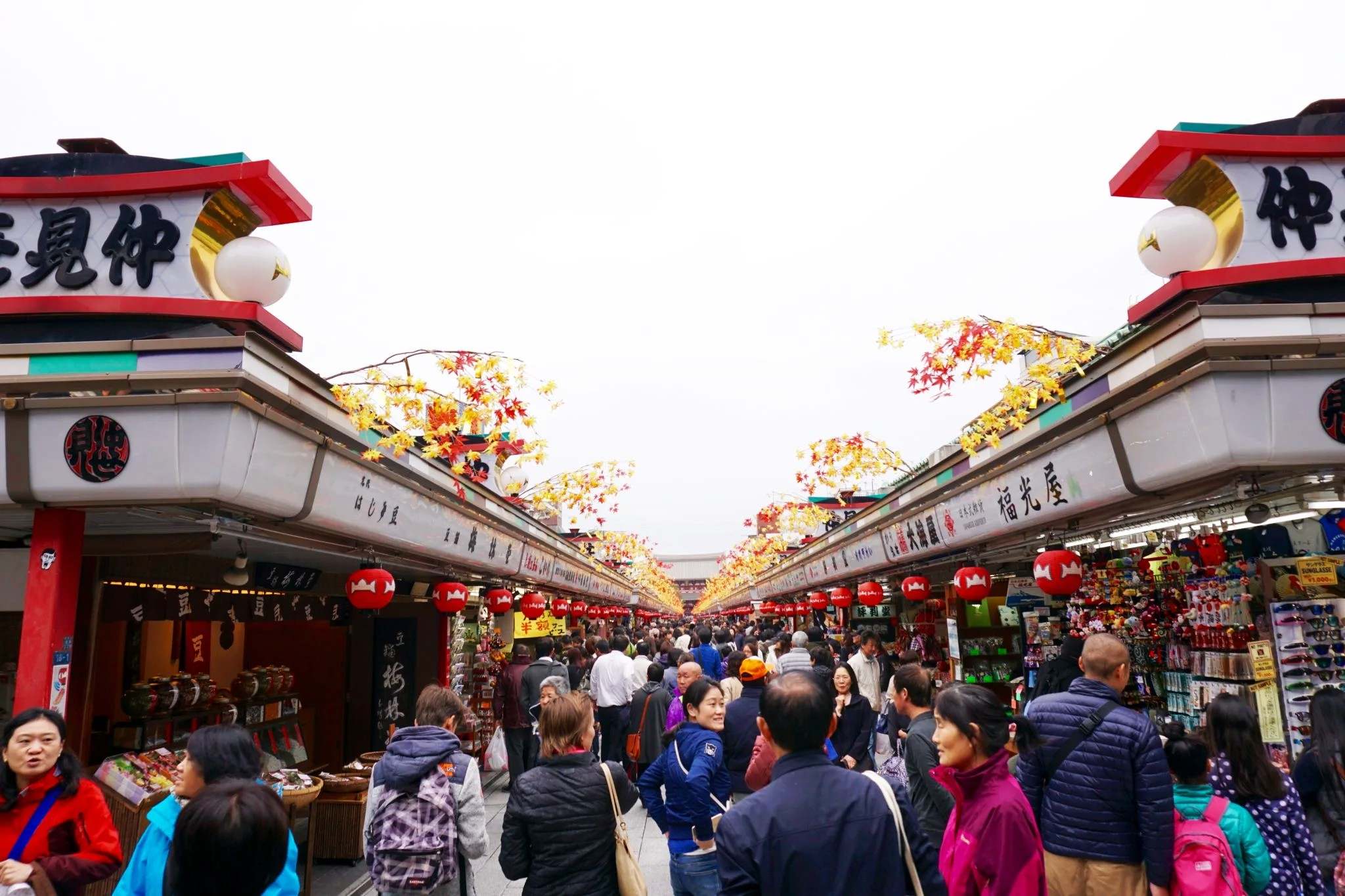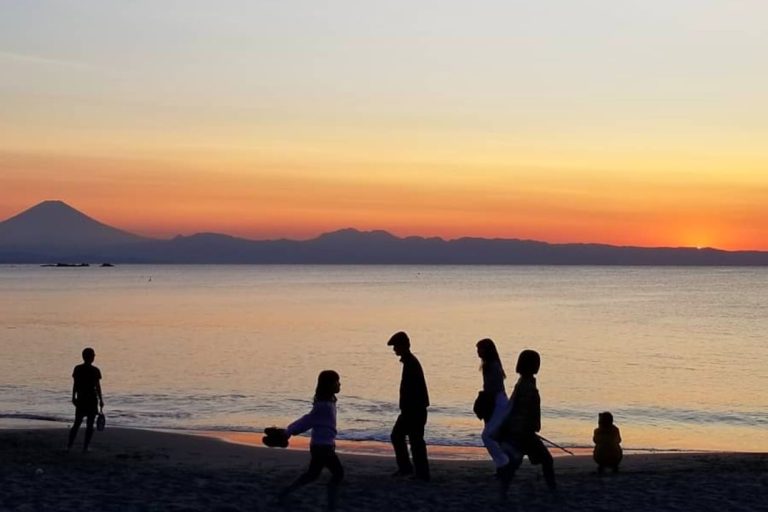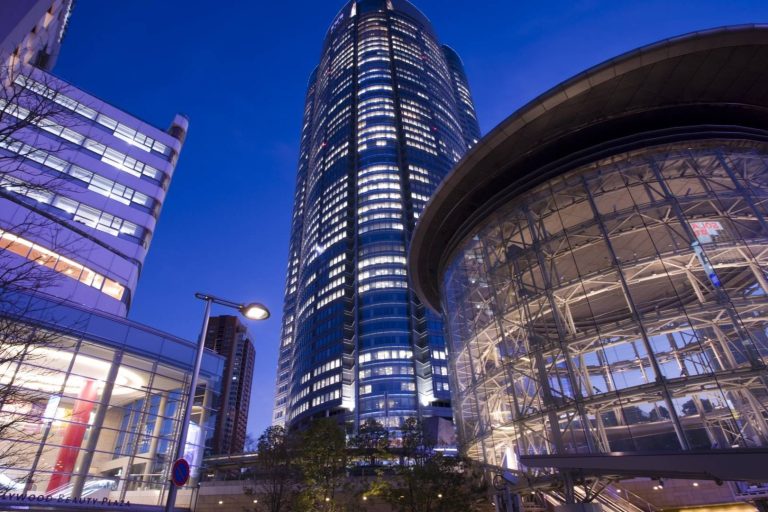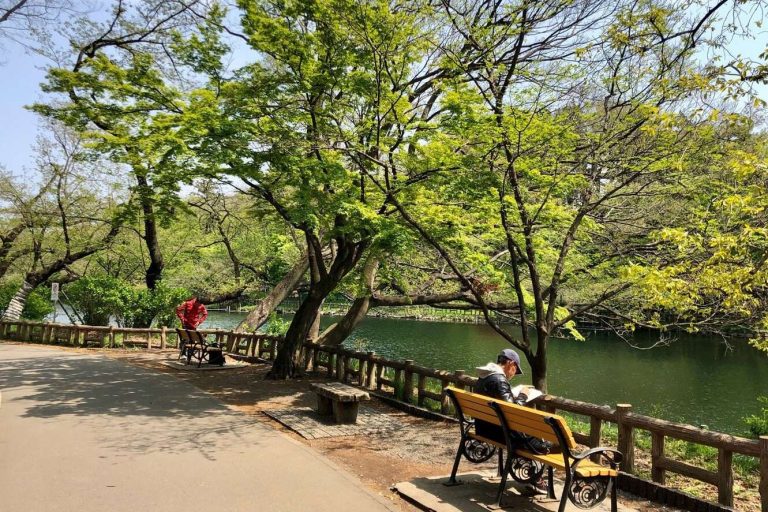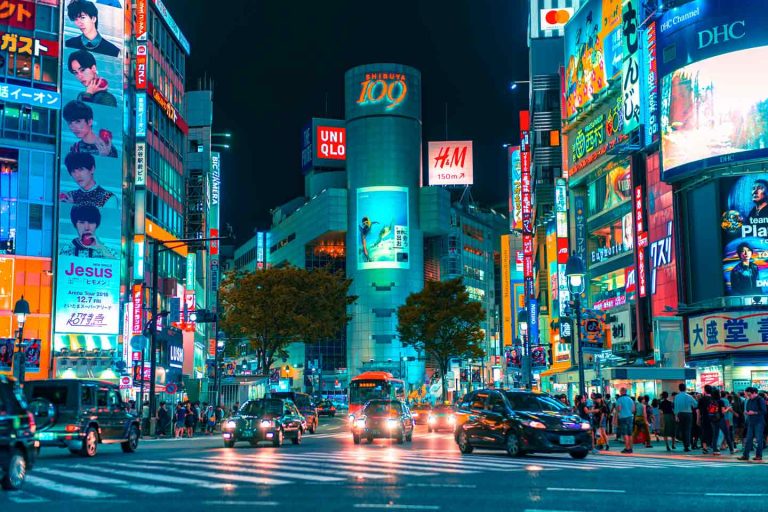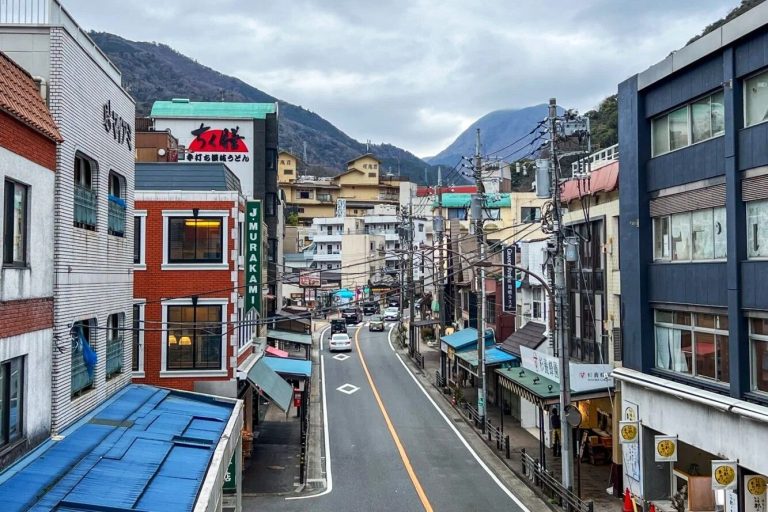Overview of Asakusa
Asakusa stands as one of Tokyo’s most cherished districts, offering visitors an authentic glimpse into Japan’s rich cultural heritage. This historic neighborhood has maintained its traditional character despite the rapid modernization surrounding it, making it a perfect destination for those seeking to experience old-world Tokyo charm.
The district serves as a living museum where ancient traditions blend seamlessly with contemporary life. Walking through its streets feels like stepping back in time, with traditional wooden buildings, narrow alleyways, and the constant aroma of incense from nearby temples creating an atmosphere that’s increasingly rare in modern Tokyo.
Historical Significance
Asakusa’s roots stretch back over 1,400 years, making it one of Tokyo’s oldest continuously inhabited areas. The district grew around Sensoji Temple, which was established in 645 AD, becoming a pilgrimage destination that attracted visitors from across Japan. During the Edo period, Asakusa flourished as an entertainment quarter, hosting kabuki theaters, pleasure districts, and festivals that drew crowds from all social classes.
Traditional Atmosphere
The neighborhood has carefully preserved its traditional character through architectural conservation and cultural practices. Traditional wooden structures house family-run businesses that have operated for generations, while artisans continue practicing ancient crafts. The sound of temple bells, the sight of visitors in colorful yukata robes, and the preservation of traditional festivals create an immersive cultural experience that feels authentic rather than touristy.
Accessibility and Transportation
Reaching Asakusa is remarkably convenient, with multiple train lines serving the area including the Tokyo Metro Ginza Line, Toei Asakusa Line, and Tobu Skytree Line. The district is accessible from both Narita and Haneda airports within 50 minutes to 1 hour 25 minutes. Water buses along the Sumida River provide a scenic alternative route, connecting Asakusa to other waterfront destinations throughout Tokyo.
Sensoji Temple: The Heart of Asakusa
Sensoji Temple represents the spiritual and cultural center of Asakusa, drawing millions of visitors annually to experience Japan’s oldest Buddhist temple in Tokyo. Built in 645 AD, this sacred site has survived wars, natural disasters, and urban development while maintaining its role as a place of worship and cultural significance.
The temple complex encompasses multiple structures, each with its own historical importance and architectural beauty. Visitors can participate in traditional rituals, observe daily prayers, and experience the peaceful atmosphere that has attracted pilgrims for over a millennium. The temple’s enduring popularity stems not just from its age, but from its continued relevance in modern Japanese spiritual life.
History and Legend
The temple’s origin story centers on two fishing brothers, Hinokuma Hamanari and Hinokuma Takenari, who discovered a golden statue of Kannon, the Buddhist goddess of mercy, in their nets while fishing in the Sumida River. Despite repeatedly throwing the statue back, it kept returning to their nets. The local village chief recognized this as a divine sign and converted his home into a temple to house the sacred statue.
Kaminarimon Gate
The iconic Thunder Gate serves as Sensoji Temple’s main entrance, featuring a massive red lantern weighing approximately 700 kilograms. Two fierce guardian deities, Raijin (god of thunder) and Fujin (god of wind), flank the entrance to protect the temple from evil spirits. The current gate, reconstructed in 1960, maintains the traditional design that has welcomed visitors for centuries.
Nakamise Shopping Street
This 250-meter pedestrian street connects Kaminarimon Gate to the temple’s main hall, lined with approximately 90 shops selling traditional snacks, souvenirs, and religious items. Operating since the early 18th century, Nakamise represents one of Japan’s oldest shopping streets. Vendors offer specialties like ningyo-yaki (doll-shaped cakes), melon pan, and traditional crafts that make perfect mementos.
Hozomon Gate
The Treasure House Gate serves as the temple’s inner entrance, housing precious sutras and religious artifacts in its upper level. This two-story gate features impressive Nio guardian statues and traditional architectural elements that demonstrate classical Japanese temple design. The structure provides a moment of transition between the bustling shopping street and the sacred temple grounds.
Visiting Hours and Accessibility
Sensoji Temple welcomes visitors daily from 6:00 AM to 5:00 PM, with the main hall accessible throughout these hours. The temple grounds remain open 24 hours, allowing for peaceful early morning or evening visits. Wheelchair accessibility is available through designated paths, and multilingual information helps international visitors understand the temple’s significance and proper etiquette.
Cultural Attractions
Beyond Sensoji Temple, Asakusa offers numerous cultural experiences that showcase different aspects of traditional Japanese life. These attractions provide opportunities to engage with local customs, enjoy entertainment, and appreciate the district’s diverse cultural offerings.
The variety of cultural sites ensures that visitors can spend entire days exploring without exhausting the area’s offerings. Each attraction provides unique insights into Japanese culture, from religious practices to traditional entertainment forms that have evolved over centuries.
Asakusa Shrine
Located adjacent to Sensoji Temple, Asakusa Shrine honors the three men responsible for founding the temple: the two fishermen brothers and the village chief who established the original shrine. Built in 1649, this Shinto shrine demonstrates the harmonious coexistence of Buddhism and Shintoism in Japanese culture. The shrine becomes particularly vibrant during the annual Sanja Matsuri festival, when portable shrines are carried through the streets.
Sumida River Cruises
Water bus services along the Sumida River offer scenic perspectives of Tokyo’s waterfront landmarks while providing relaxing transportation between districts. These cruises pass beneath historic bridges, offering views of the Tokyo Skytree, traditional riverside buildings, and modern developments. The boats connect Asakusa to destinations like Odaiba seaside and entertainment areas, combining sightseeing with practical transportation.
Rokku District Entertainment
This historic entertainment quarter has been revitalized as Rokku Broadway, featuring traditional theaters, restaurants, and cultural venues. The area maintains its connection to traditional Japanese performing arts while incorporating modern entertainment options. Visitors can experience rakugo storytelling performances, traditional music, and other cultural presentations that preserve Japan’s entertainment heritage.
Hanayashiki Amusement Park
Japan’s oldest amusement park, operating since 1853, offers a charming blend of vintage rides and traditional carnival atmosphere. The compact park features classic attractions like a wooden roller coaster, haunted house, and traditional game stalls. Its retro charm and family-friendly environment provide a nostalgic experience that contrasts beautifully with modern theme parks.
Shopping in Asakusa
Asakusa’s shopping scene reflects the district’s commitment to preserving traditional crafts and commerce while serving modern visitors’ needs. The area offers unique souvenirs, traditional items, and specialty goods that can’t be found elsewhere in Tokyo.
Shoppers can find everything from religious artifacts to kitchen equipment, with many stores operating as family businesses passed down through generations. The shopping experience itself becomes cultural immersion, as store owners often share stories about their products and traditions.
Nakamise Shopping Street
This historic shopping street offers the most concentrated selection of traditional Japanese souvenirs and snacks in Tokyo. Shops specialize in items like folding fans, traditional masks, wooden combs, and religious charms. Food vendors serve specialties such as ningyo-yaki filled with sweet red bean paste, freshly made taiyaki fish-shaped pastries, and traditional rice crackers. The street’s atmosphere, with its traditional storefronts and enthusiastic vendors, creates an authentic shopping experience.
Kappabashi Kitchenware Town
This specialized district near Asakusa features over 170 shops dedicated to restaurant supplies, kitchenware, and the famous plastic food models used in Japanese restaurant displays. Professional chefs and home cooks alike browse high-quality knives, traditional pottery, and unique cooking implements. The plastic food samples, crafted with incredible attention to detail, make fascinating and uniquely Japanese souvenirs.
Traditional Japanese Arts and Crafts
Local artisan shops throughout Asakusa offer handmade items that represent centuries-old crafting traditions. Visitors can find hand-painted fans, traditional textiles, wooden toys, and ceramic items made using techniques passed down through generations. Many shops allow customers to watch artisans at work, providing insight into the skill and patience required for traditional Japanese craftsmanship.
Dining Options
Asakusa’s culinary scene celebrates traditional Japanese flavors while accommodating modern tastes and dietary preferences. The district’s restaurants range from centuries-old establishments to contemporary interpretations of classic dishes, ensuring memorable dining experiences for all visitors.
Many restaurants in Asakusa have operated for generations, with recipes and techniques carefully preserved and passed down through families. This dedication to culinary tradition creates authentic flavors that represent the true taste of old Tokyo.
Traditional Sweets Shops
Asakusa’s confectionery shops specialize in wagashi (traditional Japanese sweets) that complement tea ceremonies and seasonal celebrations. These delicate creations, made from ingredients like sweet bean paste, rice flour, and seasonal fruits, showcase the artistry of Japanese confectionery. Popular items include dorayaki pancake sandwiches, mochi rice cakes, and seasonal specialties that change throughout the year to reflect natural cycles.
Tempura Restaurants
Several renowned tempura establishments in Asakusa have perfected the art of light, crispy batter coating fresh vegetables and seafood. These restaurants often feature counter seating where diners can watch skilled chefs prepare each piece individually, ensuring optimal temperature and texture. The tempura experience in Asakusa represents the pinnacle of this cooking technique, with some restaurants operating continuously for over a century.
Eel Restaurants
Unagi (freshwater eel) restaurants in Asakusa serve this prized delicacy prepared according to traditional Edo-period methods. The eel is carefully grilled and glazed with a sweet soy-based sauce, served over rice in lacquered boxes. These establishments often maintain secret sauce recipes passed down through generations, creating distinctive flavors that loyal customers return to enjoy year after year.
Festivals and Events
Asakusa’s festival calendar reflects the district’s role as a cultural center, hosting events that attract participants and spectators from throughout Japan and around the world. These celebrations maintain traditional elements while adapting to contemporary contexts, ensuring their continued relevance and appeal.
The festivals provide opportunities for visitors to witness authentic Japanese cultural expressions, from religious ceremonies to artistic performances that showcase the community’s creative spirit and cultural pride.
Sanja Matsuri
This three-day festival in mid-May ranks among Tokyo’s most spectacular traditional celebrations, honoring the three founders of Sensoji Temple. Participants carry ornate portable shrines (mikoshi) through the streets while wearing traditional festival clothing. The event combines religious significance with community celebration, featuring traditional music, dance performances, and street food vendors. The festival’s energy and authenticity make it one of Japan’s most photographed cultural events.
Asakusa Samba Carnival
This unique August festival blends Brazilian carnival traditions with Japanese organizational precision, creating a colorful parade that attracts over 500,000 spectators. Participants wear elaborate costumes and perform energetic dance routines while marching through Asakusa’s streets. The event demonstrates the district’s openness to cultural exchange while maintaining its own identity, creating a celebration that feels both international and distinctly Japanese.
Hagoita Market
Held in December at Sensoji Temple, this traditional market specializes in hagoita (decorative wooden paddles) used in New Year games. Artisans display intricately decorated paddles featuring kabuki actors, popular celebrities, and traditional designs. The market maintains centuries-old traditions while incorporating contemporary themes, making it a fascinating blend of old and new Japanese culture.
Modern Developments in Asakusa
While preserving its traditional character, Asakusa has embraced selective modern developments that enhance rather than compromise its cultural identity. These additions provide contemporary amenities while respecting the district’s historical significance and architectural harmony.
The challenge of balancing preservation with progress has resulted in thoughtful development that serves both local residents and visitors while maintaining the authentic atmosphere that makes Asakusa special.
Tokyo Skytree
The 634-meter Tokyo Skytree, visible from throughout Asakusa, has become an iconic landmark that complements rather than competes with traditional architecture. The tower’s presence has increased tourism to the area while providing modern broadcasting capabilities. Visitors can enjoy views of both the ancient temple complex and the futuristic tower, symbolizing Tokyo’s ability to honor its past while embracing the future. Many travelers combine visits to both Asakusa temples and coastal trails in nearby Kamakura for a comprehensive cultural experience.
Revival of Rokku Broadway
The historic entertainment district has been revitalized with new restaurants, theaters, and cultural venues that respect the area’s entertainment heritage. Modern establishments incorporate traditional design elements while offering contemporary amenities, creating spaces that appeal to both locals and tourists. The revival demonstrates how historic districts can adapt to changing needs while preserving their essential character.
New Dining and Shopping Experiences
Contemporary restaurants and shops in Asakusa offer modern interpretations of traditional concepts, such as fusion cuisine that incorporates traditional ingredients in innovative ways. These establishments attract younger visitors while maintaining connections to local culinary traditions. The balance between innovation and tradition ensures that Asakusa remains relevant to new generations while honoring its cultural heritage. Visitors often extend their Tokyo exploration to experience luxury shopping and dining in nearby Ginza or enjoy the museums and park atmosphere in Ueno.
Frequently Asked Questions
What is the main attraction in Asakusa?
The main attraction in Asakusa is Sensoji Temple, the oldest Buddhist temple in Tokyo, which draws millions of visitors annually.
How can I get to Asakusa?
Asakusa is easily accessible via multiple train lines, including the Tokyo Metro Ginza Line and Toei Asakusa Line, as well as water buses along the Sumida River.
What types of food can I find in Asakusa?
Asakusa offers a variety of traditional Japanese cuisine, including tempura, unagi (grilled eel), and wagashi (traditional sweets).
When is the Sanja Matsuri festival held?
The Sanja Matsuri festival takes place in mid-May and honors the founders of Sensoji Temple with vibrant parades and traditional rituals.
What modern attractions have been developed in Asakusa?
Modern attractions in Asakusa include the Tokyo Skytree and the revitalized Rokku Broadway, which feature contemporary dining and shopping options while respecting the area’s historic character.
Embracing Tradition and Modernity
Asakusa stands as a testament to Tokyo’s ability to harmonize its rich cultural heritage with contemporary advancements. This district invites visitors to explore its historical roots while enjoying modern conveniences, creating an enriching experience that truly reflects the essence of Japan.
